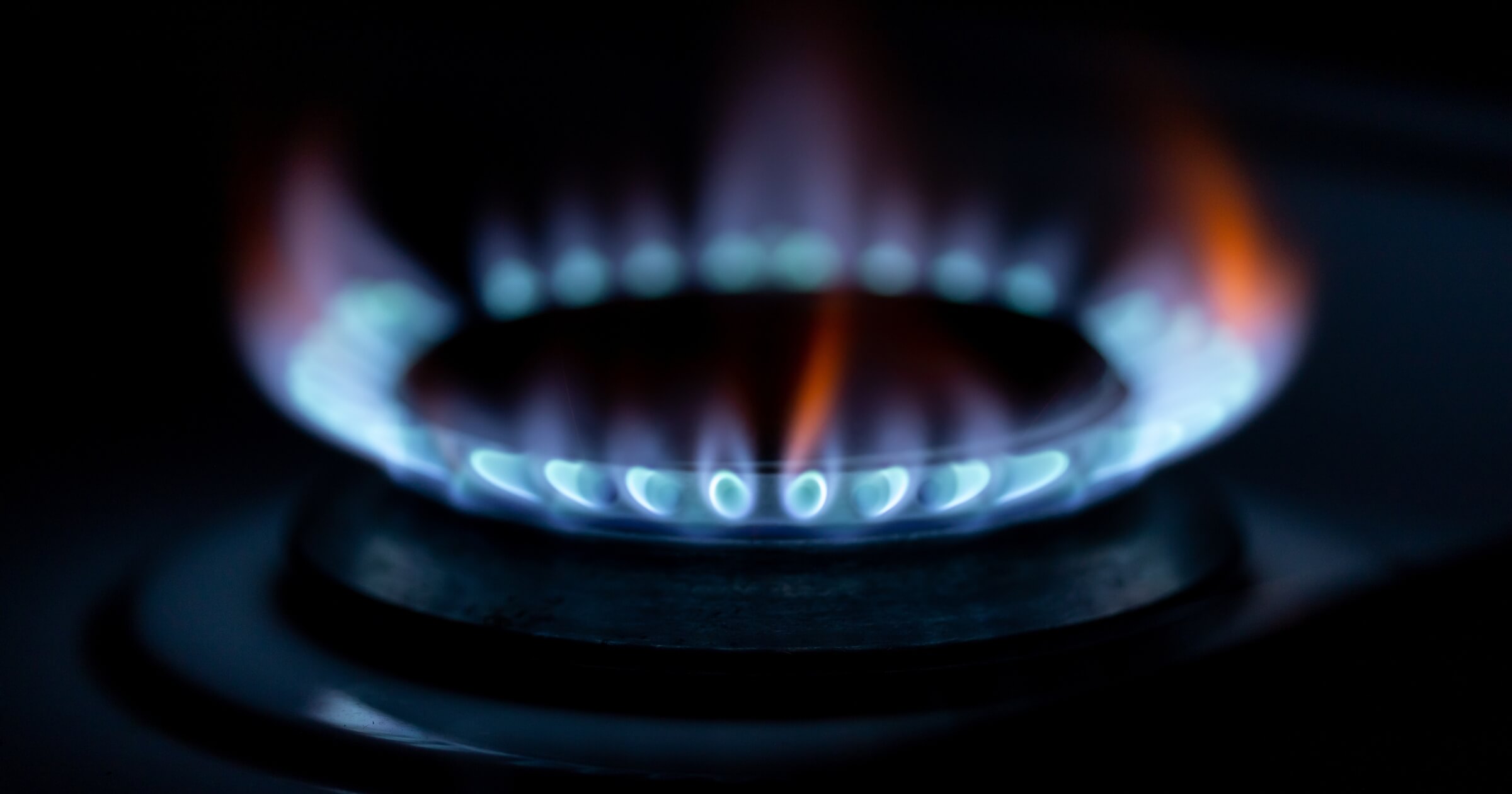Here’s a look at who’s pushing for all-electric buildings, where New York is leading with a gas-ban law, and why it could either be a smart shift or a costly gamble.
Starting in January 2026, in New York, most new single-family and low-rise buildings will be required to be all-electric; no natural gas hookups will be allowed for heating, cooking, or drying. The law is part of New York’s climate plan, aiming to reduce greenhouse gas emissions. Builders and environmental groups now debate: Is this the future of building or a mistake?
New York gas ban: Why go all electric?
Lower emissions
Gas burning releases carbon dioxide and other pollutants inside homes. Replacing gas with electric heat pumps and appliances can cut these emissions, especially if the electricity comes from clean sources. In New York, one analysis suggests new all-electric homes could use 17 percent less energy and save about 220,000 metric tons of CO₂ over 30 years.
Healthier indoor air
Gas stoves and gas heaters can leak nitrogen dioxide, carbon monoxide, and other pollutants indoors. With electric systems, there’s no combustion in the home, so air quality can be better for residents.
Long-term savings
Although converting to an electric system adds upfront costs, over time, the lower operational costs can pay off. In New York, it’s estimated that an average home might cost about $5,000 more initially but recoup that in energy savings in about 11 years. Over the decades, electric buildings may be cheaper to run and maintain.
What are the risks and drawbacks?
Higher up-front costs
Builders warn that switching to electric heating, appliances, and wiring can significantly increase construction costs. Some estimates in New York suggest costs could be $10,000 to $25,000 higher per home, especially for heat pump systems.
Additionally, builders note that many have already paid deposits to gas utilities to get hooked up; in some cases, those deposits won’t be returned under the new law.
Pressure on the electric grid and reliability
If many buildings rely only on electricity, demand will shift, especially in cold months when the heating load is high. New York’s grid operator, NYISO, warns that the current infrastructure is built more for summer peak loads. As heating electrifies, winter demand could strain the system. The NYISO warns that the timing is risky; if a cold snap hits, the electricity supply might struggle.
Housing affordability and development slowdowns
In a state already struggling with a housing shortage, adding cost burdens to new construction may slow down building or push builders to relocate. Additionally, higher mortgage amounts and property costs may exclude lower- and middle-income buyers or renters.
“It comes at a bad time when the state is in dire need of more housing production,” said the executive director of the New York State Builders Association, Michael Fazio. “In our view, (the rules) unquestionably will slow housing production, (and) increase housing costs.” Indeed, some New York builders have said they might move work out of state to avoid the mandates.
Is the New York gas ban good for the future or a major mistake?
All-electric buildings hold considerable promise, offering cleaner air, lower emissions, and long-term savings. In a world trying to fight climate change, they look like an important part of the future. However, if implemented too quickly, without strengthening the electric grid and supporting housing affordability, they risk becoming an expensive mistake.
New York’s law is a real test case. If the implementation is careful, with exemptions where needed and investments in the grid, it could set a strong model. But if costs balloon, housing supply drops, or blackouts increase, opposition will grow.
Which side wins will depend on smart policy, incentives, and infrastructure investment.
If you liked this draft and want more insights on energy, buildings, and clean policy trends, subscribe to our newsletter and stay in the loop!


